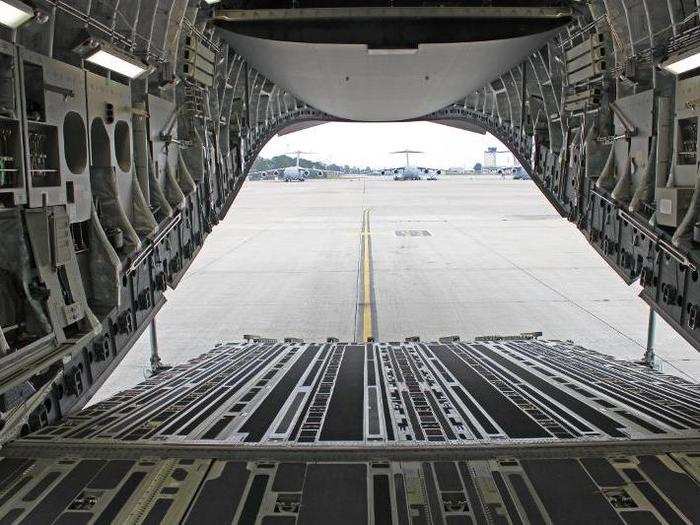- Home
- Military & Defense
- An Awe-Inspiring Tour Of The Navy's Most Important Submarine Base
An Awe-Inspiring Tour Of The Navy's Most Important Submarine Base
Naval Submarine Base New London started as a Naval Yard and Storage Depot in 1868 but didn't host submarines until 1915, two years before the US entered World War I.

Since its founding, New London has continuously grown. In the 1960s, the base had expanded beyond the waterfront and into the surrounding hills.
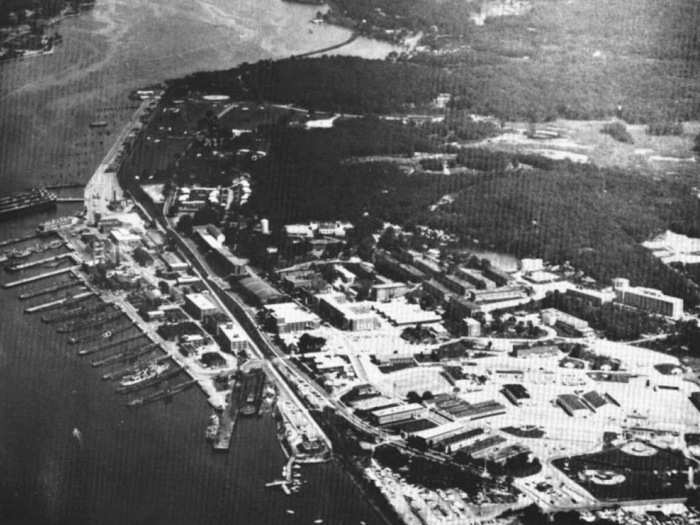
Today the base is the home port of fifteen attack subs, and its ten piers allow it to berth 18 subs. Even so, the base has plans to expand over the next two decades.
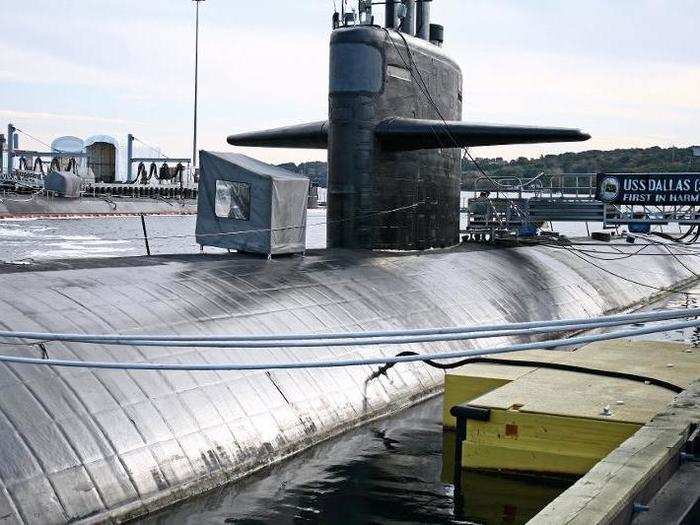
Located along the Thames river, the base is also a major construction yard and is used for submarine maintenance.
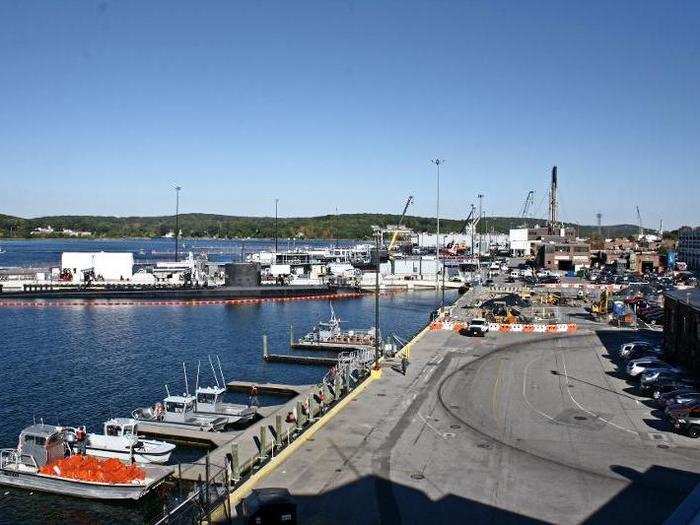
One side of the base is closed off with an underwater buoy fence, which Port Operations must tug open or closed each time a vessel needs to enter or leave the base.
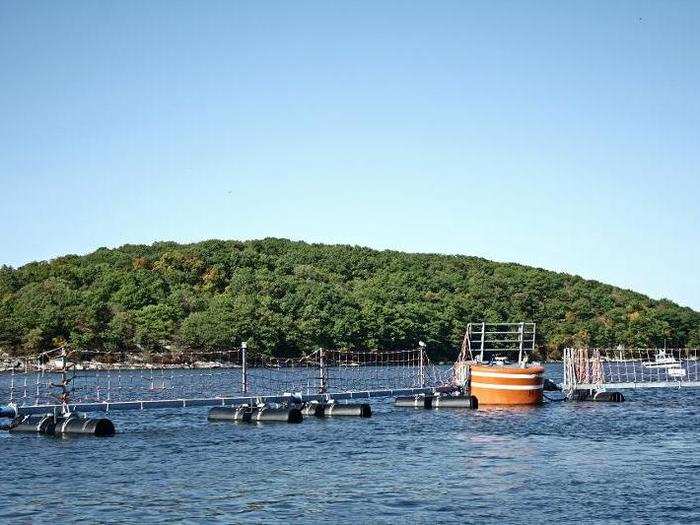
Port Operations, similar to air traffic control, has a 24-hour job. It coordinates all traffic into and out of the base and maintains its own maintenance workshop as well.

Port Operations also ensures that no hazardous materials from the base pollute the river. Here, a buoy boat and a skimmer stand ready to respond to any potential oil spill — although they're incredibly rare.
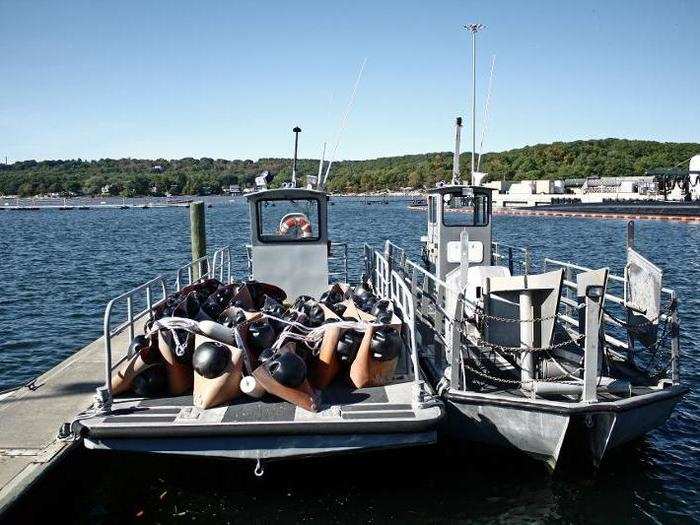
New London isn't just a base for the navy's subs — it's also where future submarine personnel are trained. Every week on Thursday afternoons, the junior enlisted in submarine school march to the center of base to take part in General Military Training.

Aside from basic submarine schooling, future submariners take part in High Risk Trainers ...
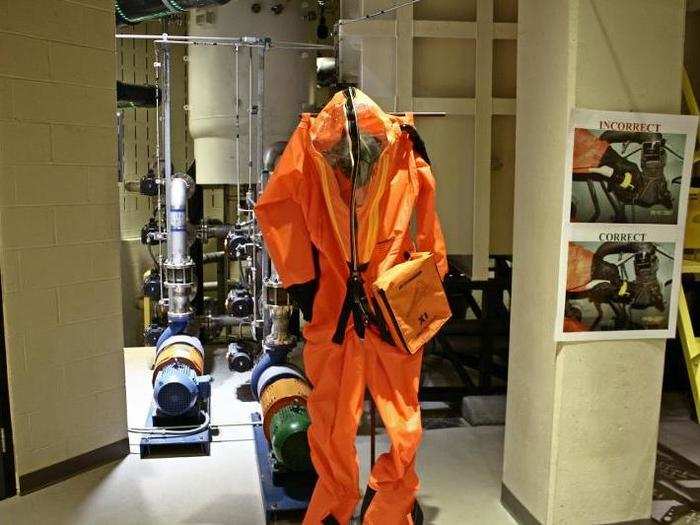
... which include instruction on how to deal with life-or-death situations on a submarine, like putting out a fire, fixing leaks, and evacuating a sunken vessel.
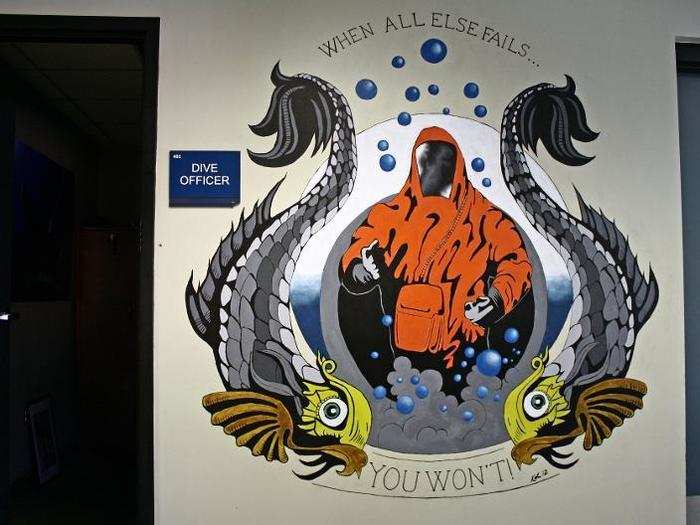
To simulate evacuating a submarine, New London built a 40-foot-tall column of water which functions as an escape training facility.
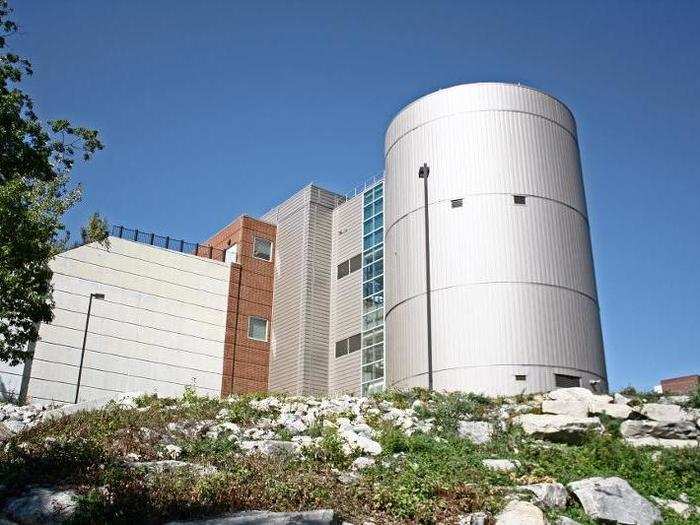
At first, future submariners are loaded into a pressurized section 15 feet below the water in the escape trainer ...
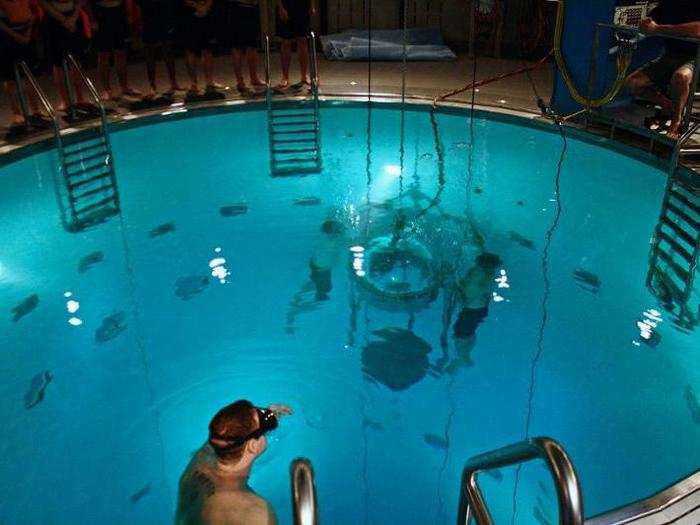
... and on the second round of training, the students are loaded into a pressurized chamber 37 feet below water that is identical to what a submariner would face within an actual vessel. Once the chamber is pressurized, the submariner is shot through the water to the surface at 600 feet per minute, just as in an actual submarine escape.
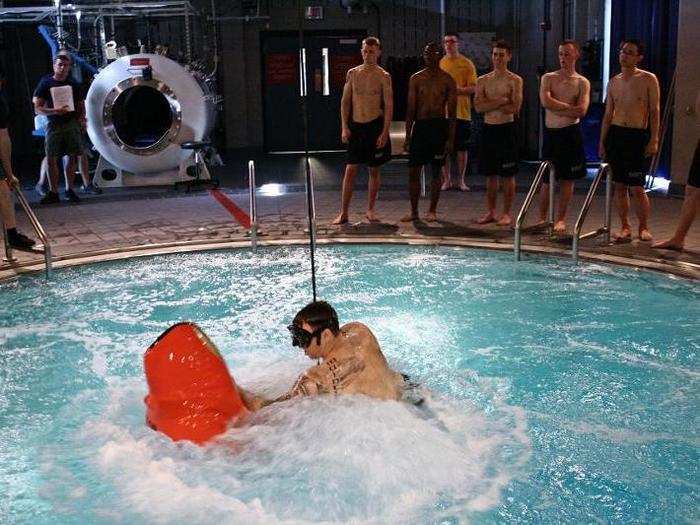
Trainees also learn how to cook aboard a sub: Within the base's main dining hall is a functional kitchen built to identically resemble a galley aboard a submarine. This kitchen is used for cooking classes, and by submarine chefs during their time ashore so that they can continue to practice working under incredibly cramped conditions.
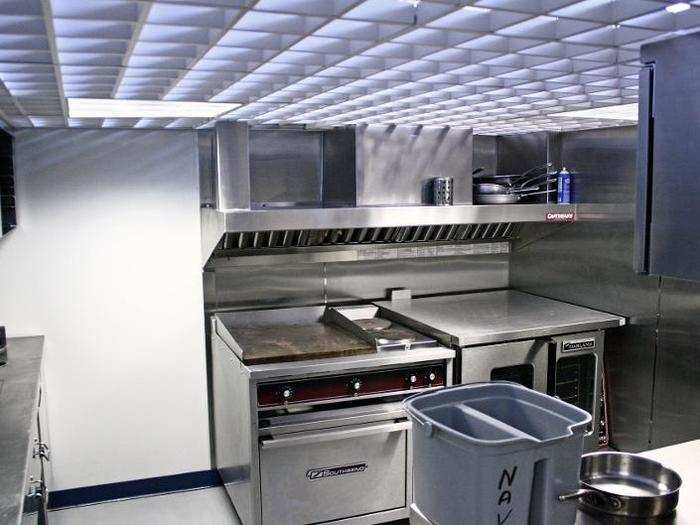
There are 6,500 sailors and 2,000 civilian employees and contractors on base. At some point, almost every submariner in the Navy will be stationed at New London.
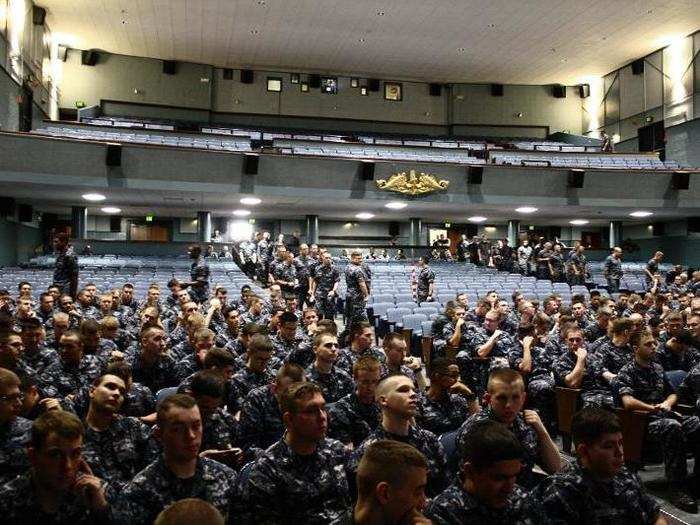
About 40% of the enlisted personnel live in on-base barracks, which consist of two single rooms with a shared kitchen and bathroom.
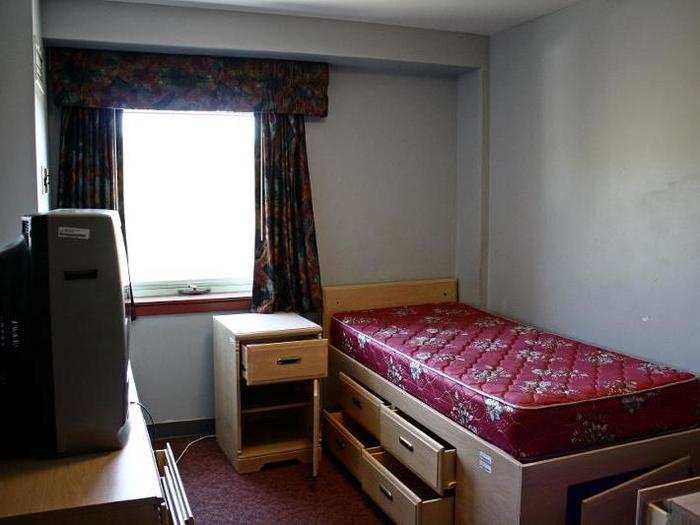
The barracks are reminiscent of college dorms and have pool tables and a lounge area on the ground floor.
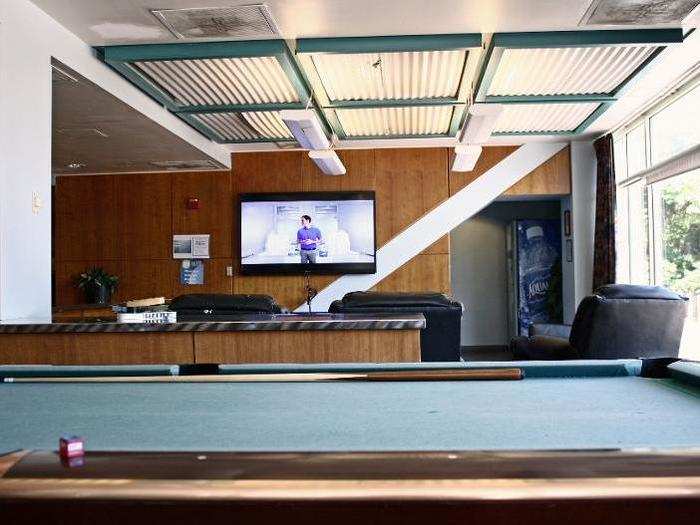
The college vibe carries over to the Liberty Center, which is similar to a student center on a college campus. It hosts trips for sailors to Boston and New York and has a mini cinema, pool tables, a library, and video game consoles.
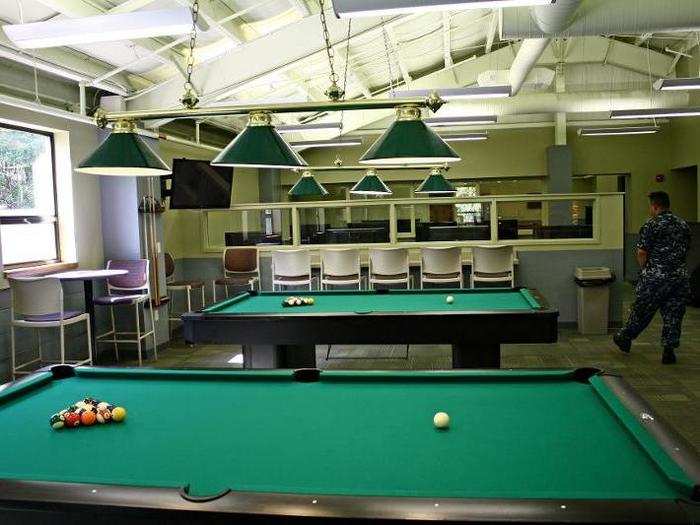
Personnel who live on base have a number of dining options, but most eat at the Cross Hall Galley.
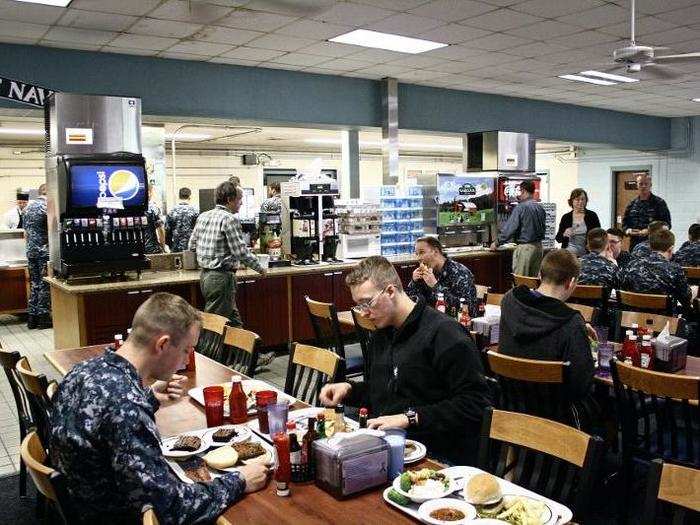
When we visited, the galley hosted a celebration for the Navy's 239th birthday, which is on October 13.

In an initiative to encourage healthy living among sailors, each item in the dining line lists the calories of the food and the recommended serving size.

Physical fitness is a crucial component of being a sailor. All enlisted personnel have twice-annual fitness tests. To prepare, everyone in submarine school has PT starting at 7 AM ...

... and there's a large gymnasium on base as well.
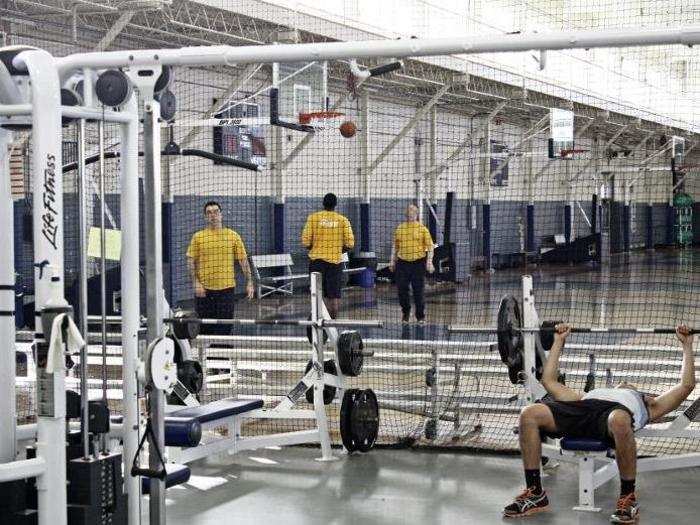
The base is in touch with its long history: The streets at New London are named after submarines that have been lost at sea or destroyed in battle ...
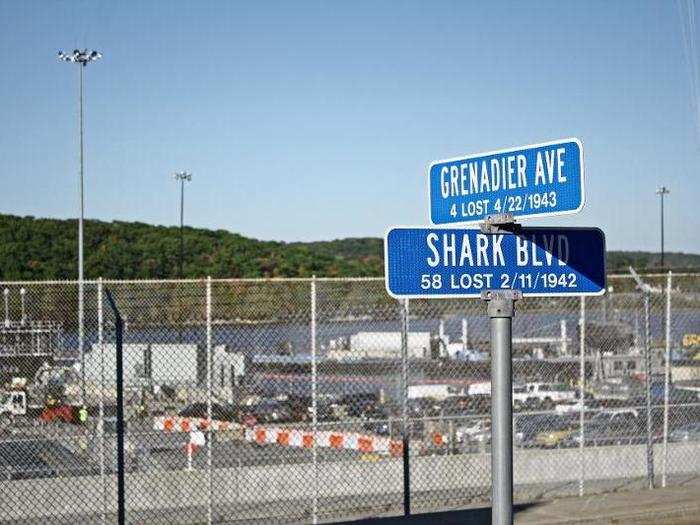
... and a Book of Remembrance is prominently displayed in the entrance to the base's non-denominational chapel as a memorial to the nearly five hundred submariners lost during World War II.

Each pew in the chapel is named after a lost submarine.
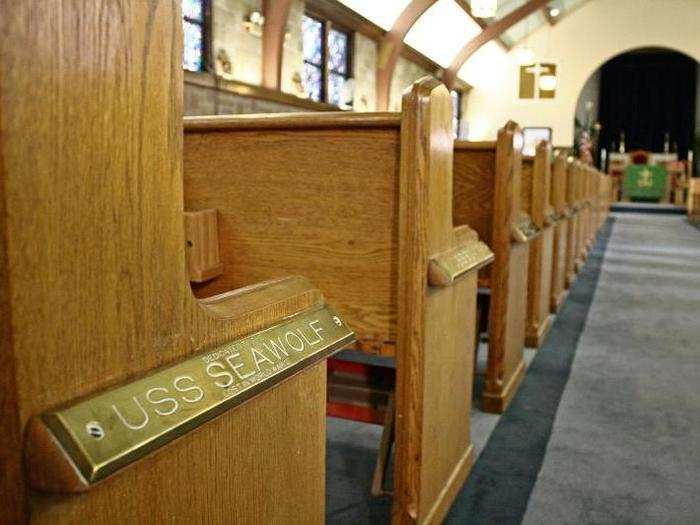
Six-inch deck guns from a World War II-era submarine sit outside the gymnasium, among other reminders of military history.
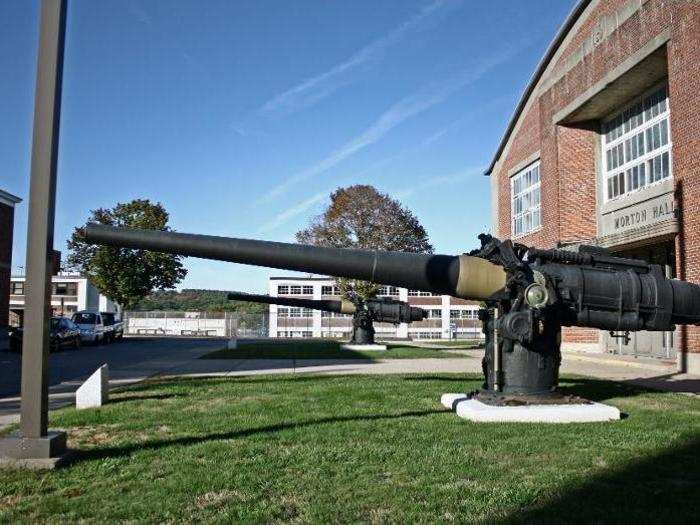
Just outside of the base's gates is the Submarine Force Museum and Library, which is free and open to the public. The rings in front of the museum's entrance contrast the diameters of the smallest and largest submarines in US Naval history.
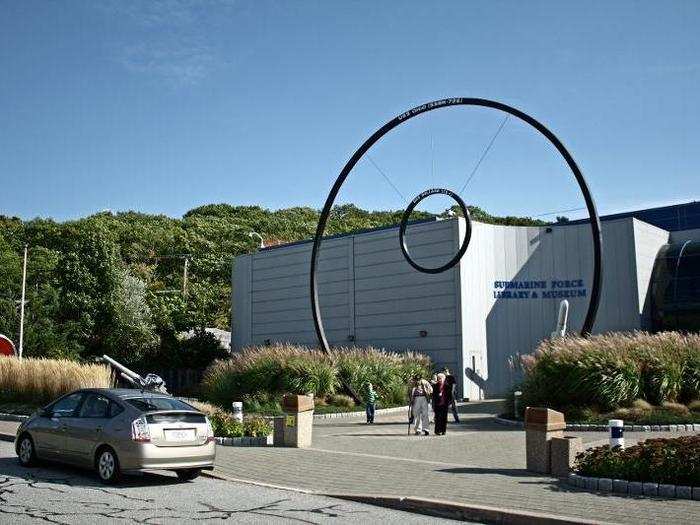
Perhaps the museum's largest draw is the historic USS Nautilus. The Nautilus was the world's first nuclear-powered vessel, as well as the first craft to reach the true North Pole.

Whether ensuring that the port and submarines are operational or training future submariners, New London is critical for the functioning of one of the major components of the US Navy's fleet.
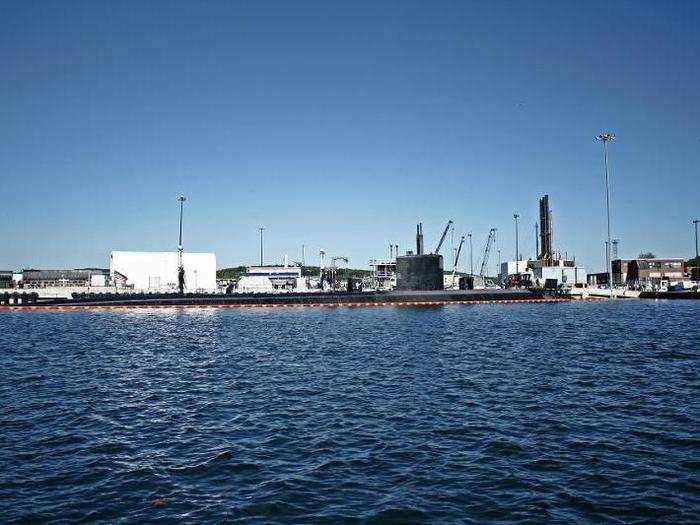
Popular Right Now
Popular Keywords
Advertisement
